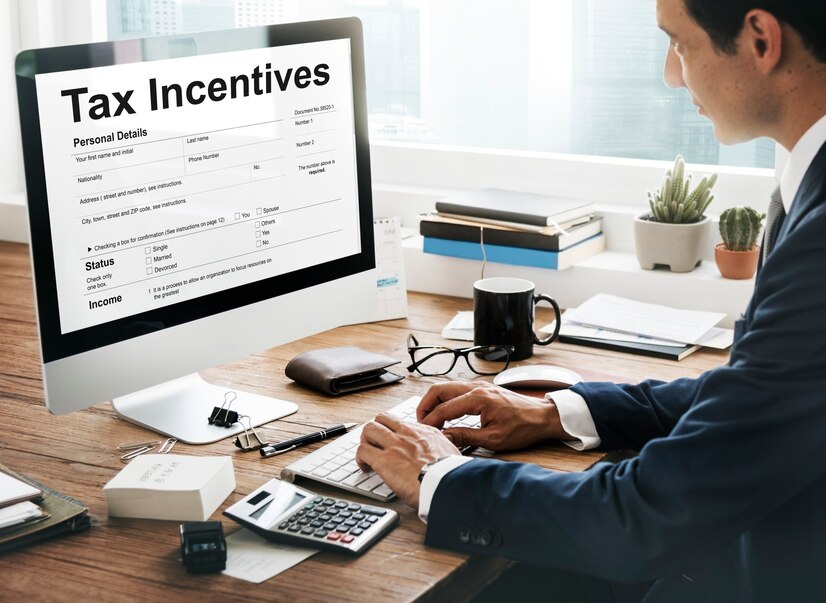Maximizing your tax refund is a goal many strive for each year, as it can provide a significant financial boost. Whether you plan to use your refund for savings, paying off debt, or treating yourself to something special, understanding how to make the most of your tax refund is essential. This article will explore effective strategies for maximizing your tax refund and making informed financial decisions.
Understanding Your Tax Refund

A tax refund occurs when you have overpaid your taxes throughout the year, either through withholding from your paycheck or estimated tax payments. The IRS then returns the excess amount to you after you file your tax return. While receiving a tax refund can feel like a windfall, it’s crucial to approach it strategically to ensure you maximize its benefits.
Tips for Maximizing Your Tax Refund
- Review Your Filing Status: Your filing status can significantly impact your tax refund. For example, if you’re married, consider whether filing jointly or separately yields a better outcome. Filing as Head of Household can also provide a higher standard deduction and more favorable tax brackets.
- Claim All Eligible Tax Credits: Tax credits directly reduce the amount of tax you owe and can significantly boost your refund. Common credits include:
- Earned Income Tax Credit (EITC): Designed for low-to-moderate-income working individuals and families.
- Child Tax Credit: Provides financial relief for families with dependent children.
- American Opportunity Credit: Available for qualified education expenses for students in their first four years of higher education.
- Lifetime Learning Credit: Helps offset the costs of post-secondary education.
- Utilize Deductions Wisely: Deductions lower your taxable income, which can increase your refund. Common deductions include:
- Mortgage interest
- State and local taxes
- Charitable contributions
- Medical expenses exceeding a certain percentage of your adjusted gross income
- Maximize Contributions to Retirement Accounts: Contributions made to traditional IRAs or 401(k) plans can reduce your taxable income. You have until the tax filing deadline to contribute for the previous year, allowing you to lower your tax bill while saving for retirement.
- Consider Timing Your Income and Expenses: If you anticipate being in a higher tax bracket next year, consider deferring income or accelerating deductible expenses into the current year. For example, if you’re self-employed, you might delay invoicing until the next year or prepay certain expenses.
- Keep Accurate Records: Maintain organized records of all income, expenses, and receipts throughout the year. This will make it easier to claim deductions and credits accurately and ensure you don’t miss out on potential savings.
- Explore Health Savings Accounts (HSAs): If eligible, contributing to an HSA allows you to save money tax-free for medical expenses. Contributions are tax-deductible, reducing your taxable income while providing funds for future healthcare costs.
- File Early: Filing your taxes early not only allows you to receive your refund sooner but also gives you more time to address any issues that may arise during the filing process.
- Use Tax Preparation Software or Professionals: Consider using reputable tax preparation software or consulting with a tax professional who can help identify deductions and credits you might overlook.
- Plan for Future Refunds: If you consistently receive large refunds, consider adjusting your withholding so that less is taken out of each paycheck throughout the year. This way, you’ll have more money in hand during the year rather than waiting for a lump sum at tax time.
Conclusion
Maximizing your tax refund requires careful planning and attention to detail throughout the year. By understanding available credits and deductions, maintaining accurate records, and making strategic financial decisions, you can ensure that you get the most out of your refund. Remember that a larger refund isn’t just about receiving money back; it’s an opportunity to invest in your future, pay down debt, or enjoy experiences that enrich your life.
FAQs
1. What is a tax refund?
A tax refund occurs when you’ve overpaid your taxes during the year and receive the excess amount back from the IRS after filing your return.
2. How can I maximize my tax refund?
You can maximize your refund by reviewing your filing status, claiming all eligible credits and deductions, contributing to retirement accounts, and keeping accurate records.
3. What are some common tax credits I might qualify for?
Common credits include the Earned Income Tax Credit (EITC), Child Tax Credit, American Opportunity Credit, and Lifetime Learning Credit.
4. How do deductions work?
Deductions reduce your taxable income; this means that they lower the amount of income subject to taxation, potentially increasing your refund.
5. Can I contribute to an IRA after the tax year ends?
Yes! You can contribute to a traditional IRA up until the tax filing deadline (typically April 15) for the previous year’s contribution limit.
6. What should I do if I find errors on my return?
If you discover errors after filing, file an amended return using Form 1040-X as soon as possible to correct any mistakes.
7. How often should I review my withholding?
It’s advisable to review your withholding at least once a year or whenever there are significant changes in income or family status (like marriage or having children).
8. What is an HSA?
A Health Savings Account (HSA) is a tax-advantaged account that allows individuals with high-deductible health plans (HDHPs) to save money for medical expenses on a pre-tax basis.
9. Is it better to file my taxes early?
Yes! Filing early allows for quicker refunds and gives you ample time to address any issues that may arise during processing.
10. How do I keep track of my expenses throughout the year?
Use budgeting apps or spreadsheets to log all income and expenses regularly; keeping receipts organized will also help when claiming deductions at tax time.
